For the first time since the beginning of the war, the Ukrainian army launched a large-scale attack on Russian territory. Suicide drones simultaneously attacked more than 6 Russian regions, including the Russian capital, Moscow, the Priyadinsk region, the Tolo region of Crimea and others, and flight services were suspended throughout Russia.
Explosions were recorded in Moscow, Bryansk and Ryazan, as well as at the Pskov air base near the Estonian border.
The attack on Pskov probably damaged several Russian military transport aircraft. In August 2023, Russia experienced a total of 25 separate drone attacks, almost certainly using OWA-UAVs.
In a week and a half, the Ukrainian military inflicted perhaps the largest one-time losses on Russian troops during the entire summer counteroffensive, if we translate those losses into money and the ability to replenish those losses: Il-76s and Tu-22M3s are built in numbers of a few units per year.
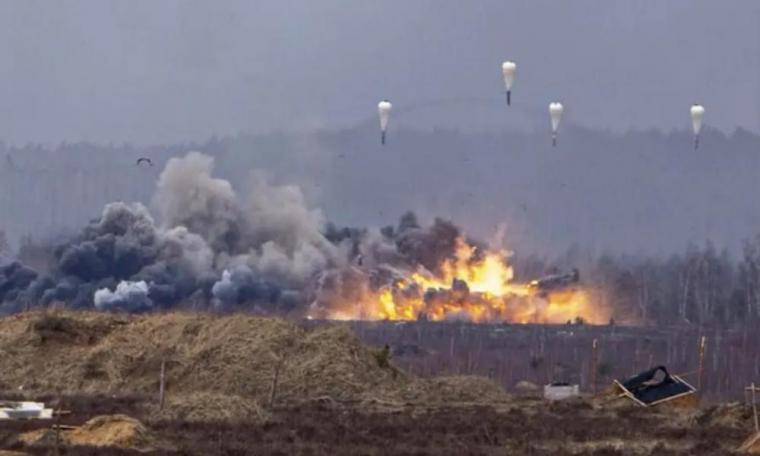
Kamikaze drone strikes may seem like a waste of limited resources, but they can also serve as strikes against really important targets.
"And it's not so much about the military side of the issue, because in any case, radar and anti-aircraft weapon calculations monitor the situation 24/7, we are talking about the political and moral side," Russian media reports.
Several commentators put forward a version that, the kamikaze drones could have arrived at Pskov airport not from Ukraine, but from neighboring Estonia or Latvia. The arguments are simple: in fact, apart from the distance ( Pskov is 800 km from the Ukrainian border, and 50 km from the Estonian border), and there is no additional obstacle (in the form of Belarus) on the attack route from Estonia.
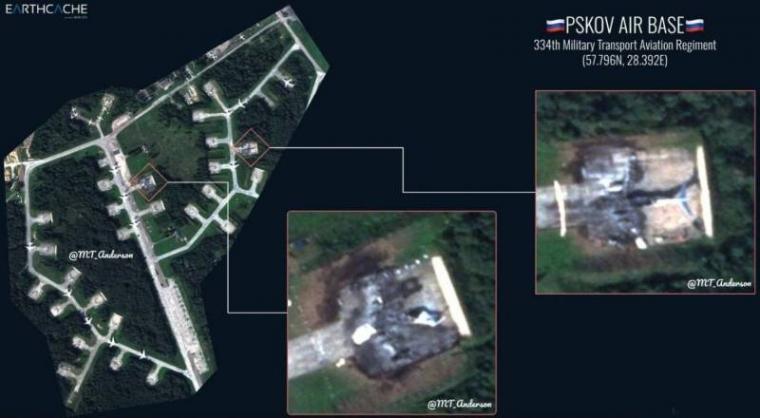
At the same time, the same supporters of the Baltic option note that a strike on Russia from NATO territory could (if the VPR so wishes) be interpreted as a casus belli.
"To put it bluntly, there are still no objective facts that would allow Tallinn or Riga to be blamed. The wreckage of kamikaze drones, or rather, autopilot memory modules in a state suitable for decoding, could immediately put an end to this question: from them it would be possible to know specifically point A, from where the launch took place," the medium says.
But the most important arguments against the Estonian attack are, in any case, political . Of course, it cannot be denied that Washington and NATO are helping Ukraine at every opportunity, but the notorious "red lines" still exist and operate.
Is it possible to assume that Moscow, having received real evidence of an attack by the Baltic States, will first react, without warning, against military installations in this region and then present evidence?
"Yes, quite a lot, albeit with a small probability but with a serious shock if it is carried out," the Russian medium answers.
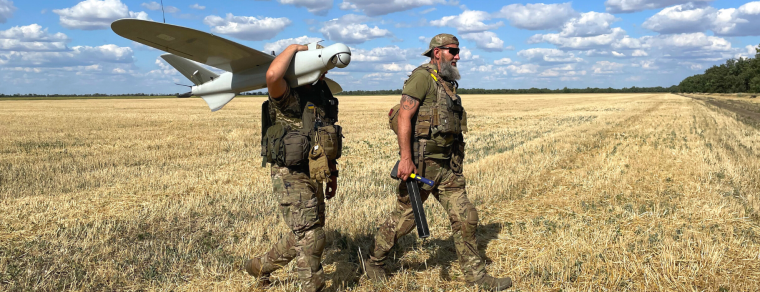
In this case, Washington and Brussels would find themselves in an extremely difficult position: Estonia, for example, is not important enough to come into direct conflict with Russia because of it, but abandoning it would completely undermine faith in "collective security", which is fraught with far-reaching consequences.
In fact, on 29 August, literally half a day before the attack on Pskov airport, Zelensky's adviser Podolyak , promised an early increase in the number of 'unidentified' drones attacking Russian targets.
The Kremlin believes that there is a view that, the initial idea of an attack from Estonia was also channelled into the Russian intelligence field by narrators in Kiev for a real escalation of the conflict on a pan-European scale.
"According to some reports, in recent days, during Russian raids on targets behind enemy lines, emphasis has also been placed on those related to the production, stockpiling or use of long-range weapons. This is the most effective means to stop terrorist attacks on our territory," the media outlet said.
Russia moved its fleet of bombers to the Olenya base on the Kola Peninsula to keep them safe from Ukrainian drones. This is reported by the Finnish newspaper Ilta-Sanomat. As the paper clarifies, the drones are now carrying out long bombing flights from the Finnish border to Ukraine.
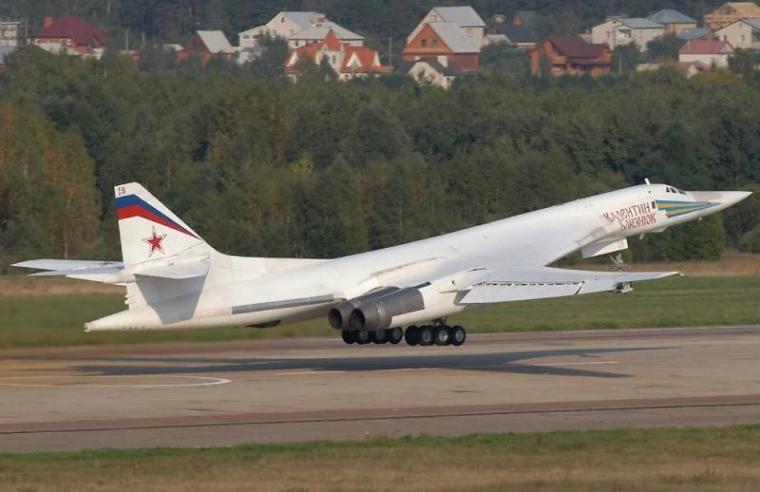
The paper notes that Olenya, which is located just 150 kilometres from Finland, has become one of Russia's main bases. Satellite images show a large number of Tu-95s and Tu-160s, considered the backbone of Russia's strategic forces.
Justin Bronk, a researcher at Britain's Royal United Services Institute, believes that since Russian tactical fighters cannot operate over Ukraine because of air defenses, long-range strategic bombers are the only effective way for Russia to launch sustained missile strikes deep into Ukraine.
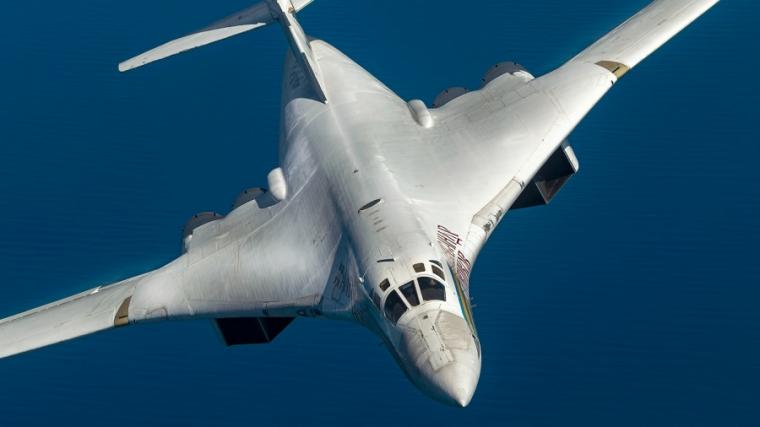
The expert notes that these aircraft are of the same importance as Iskander-M ballistic missiles, MiG-31K aircraft firing Kinzhal air-to-air missiles and navy ships firing Kalibr missiles.
We add that recently the Ukrainian military has made several attempts to attack Russian airfields where strategic aircraft were located.



